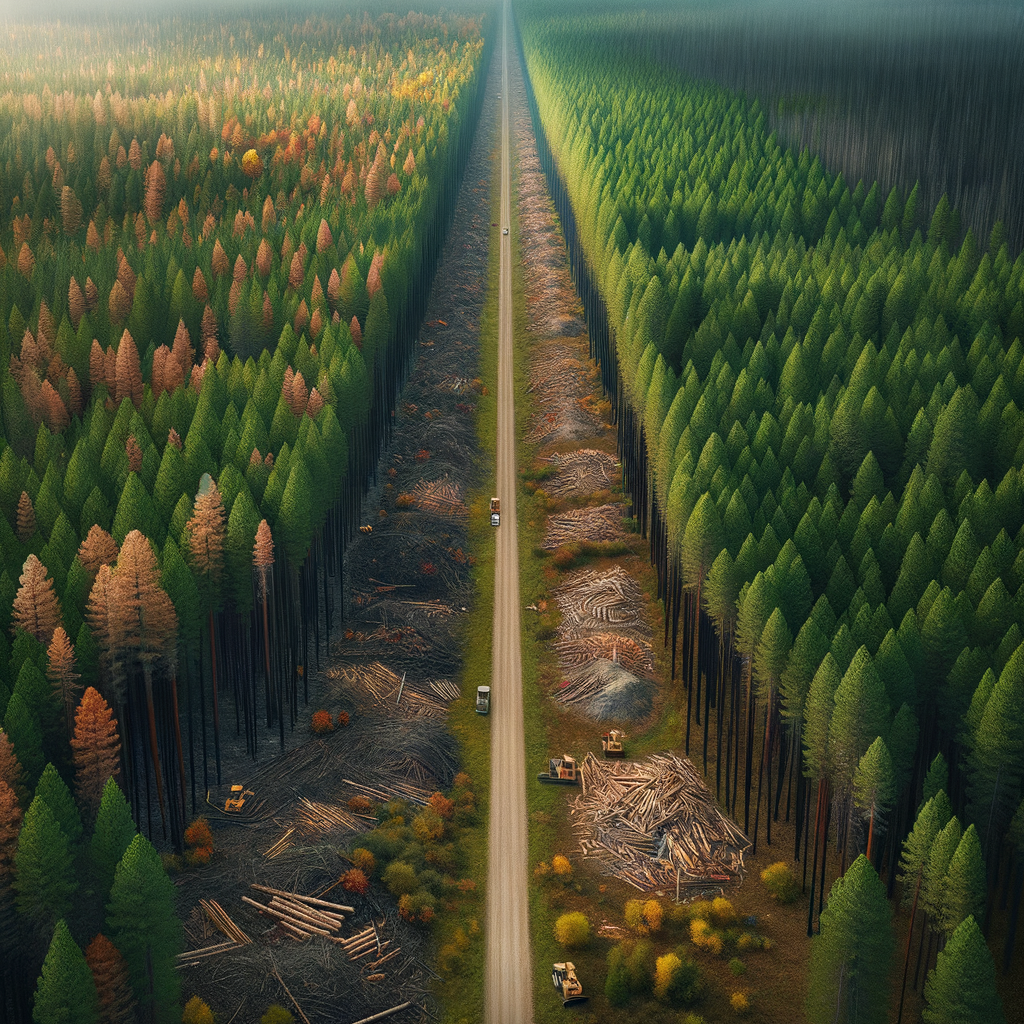NGO Partnership Models Insights for October
Lately, I’ve been reflecting on the critical junction where NGO partnership models intersect with conservation funding and policy. It’s an aspect that doesn’t always get the attention it deserves but plays a massive role in shaping our environmental future. Understanding how NGOs collaborate—with governments, private sectors, and communities—unlocks new opportunities for sustainable conservation efforts. Today, I want to share why these partnerships matter, how they work, and why they are more important now than ever.
What Are NGO Partnership Models?
In the world of conservation, NGOs rarely work alone. Partnership models describe how NGOs team up with different players—governments, businesses, local communities, and international organizations—to maximize impact. This means combining expertise, resources, and influence for greater results.
These partnerships are not just formalities. They build trust, share risks, and open new funding avenues. Smart NGO collaborations turn isolated efforts into connected movements that sustain projects over the long haul. Without these alliances, even the most promising initiatives risk fading away due to lack of support or coordination.
How Do Partnerships Enhance Conservation Funding?
Funding in conservation is a tricky puzzle. Governments provide some money but often not enough. Private sector interests juggle profits and environmental responsibility. This is where NGOs shine—they act as bridges.
Through partnerships, NGOs gain access to diverse financial streams. Public-private partnerships, international grants, and community fundraising become accessible when NGOs have solid networks. NGOs also bring innovation in structuring deals like green bonds or impact investments that align conservation goals with economic incentives.
On the flip side, partnering ensures funds are spent effectively. Accountability improves when NGOs work closely with other stakeholders who monitor outcomes and provide feedback. So, partnerships are about money flowing smarter, not just bigger.
The Power of Community and Indigenous Collaborations
Nothing brings conservation closer to reality like involving local communities and indigenous groups. NGOs often lead the charge in such partnerships because they understand the importance of local voices.
Many conservation challenges require context-specific solutions. These communities know their land better than anyone. When NGOs empower them with funds, training, and policy support, the results can be transformative. Not only does this approach protect ecosystems, but it also supports livelihoods and cultural heritage.
Successful NGO-led community partnerships prove that the best stewards of nature often live right in it. Combining policy, funding, and indigenous wisdom creates a powerful triangle for conservation success.
Case Study: A Southeast Asian Environmental Partnership
Consider a fascinating example from Southeast Asia. Here, an NGO joined forces with the national government and several private enterprises. Their goal was to protect forest cover while boosting local economies through eco-tourism.
The government committed a fixed budget percentage toward conservation. The private companies invested in sustainable business models. The NGO provided expertise, policy advocacy, and community engagement.
This partnership resulted in increased forest cover, stable wildlife populations, and thriving local communities. It wasn’t just about funding or policy alone—it was the synergy of all partners working toward shared goals that delivered results.
What Challenges Do NGO Partnerships Face?
While promising, NGO partnership models come with hurdles. Aligning different priorities can be tough. Governments might focus on regulation, businesses on profits, and NGOs on conservation ideals. Finding common ground requires negotiation, transparency, and patience.
Funding streams may come with strings attached—sometimes limiting NGOs’ flexibility or causing mission drift. Power imbalances can risk sidelining community voices. And bureaucratic delays might slow decision-making.
Overcoming these challenges demands strong leadership, clear communication, and shared accountability. The best partnerships acknowledge differences and build frameworks that respect every partner’s role.
What Can We Do to Support and Improve NGO Partnerships?
Getting behind NGO partnerships means more than cheering from the sidelines. Here are some practical thoughts that could help:
- Encourage transparency in how funds are allocated and audited across partners
- Promote collaboration not competition among NGOs, governments, and businesses
- Support policies that create stable funding streams earmarked for partnership-driven projects
- Advocate for indigenous communities to have meaningful decision-making power
- Explore innovative finance tools like carbon markets, impact investing, and crowdsource funding
Every effort counts, whether donating, volunteering, or simply staying informed to vote wisely.
Final Thoughts
NGO partnership models aren’t just strategies for pooling resources—they are lifelines for conservation efforts worldwide. The right collaborations can turn isolated projects into powerful, sustained movements that deliver measurable impact.
In my view, successful conservation hinges on these partnerships—uniting policy, funding, and community action. Ignoring their value means missing a critical key to solving environmental crises.
For all of us who care about the planet, understanding and supporting these NGO partnerships is not optional. It’s essential. The challenges we face are massive, but together, with smart partnerships, they are far from insurmountable.
The future of conservation depends on setting the stage for collaboration—starting now.



